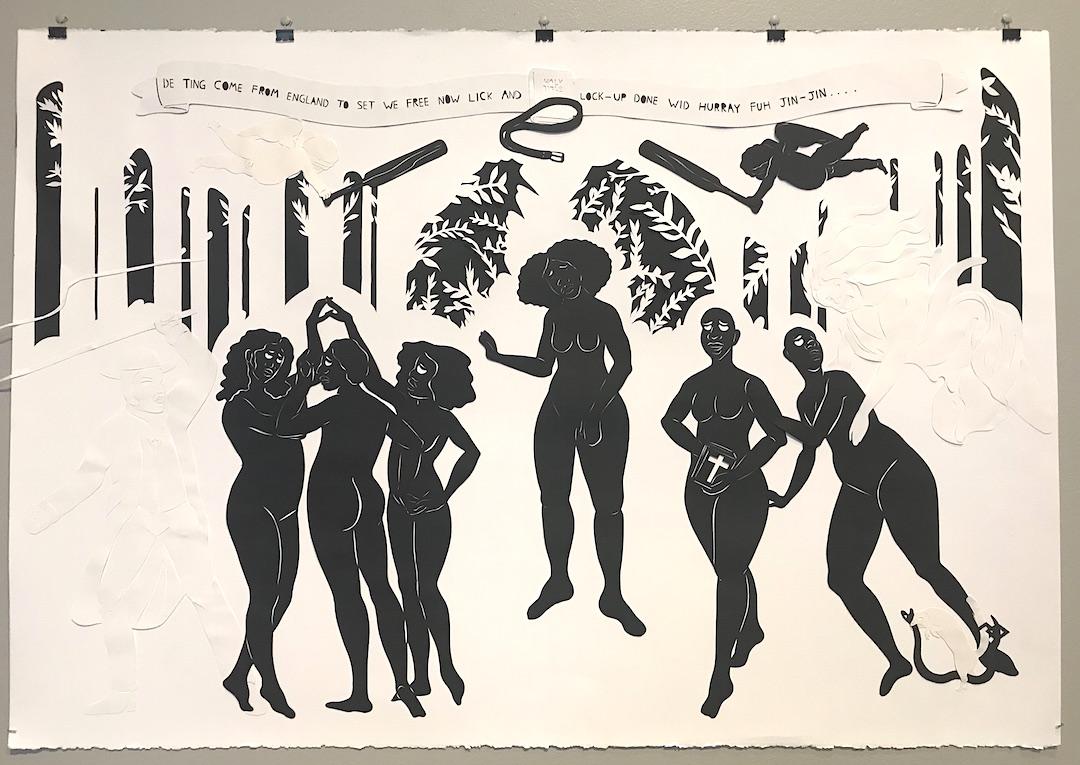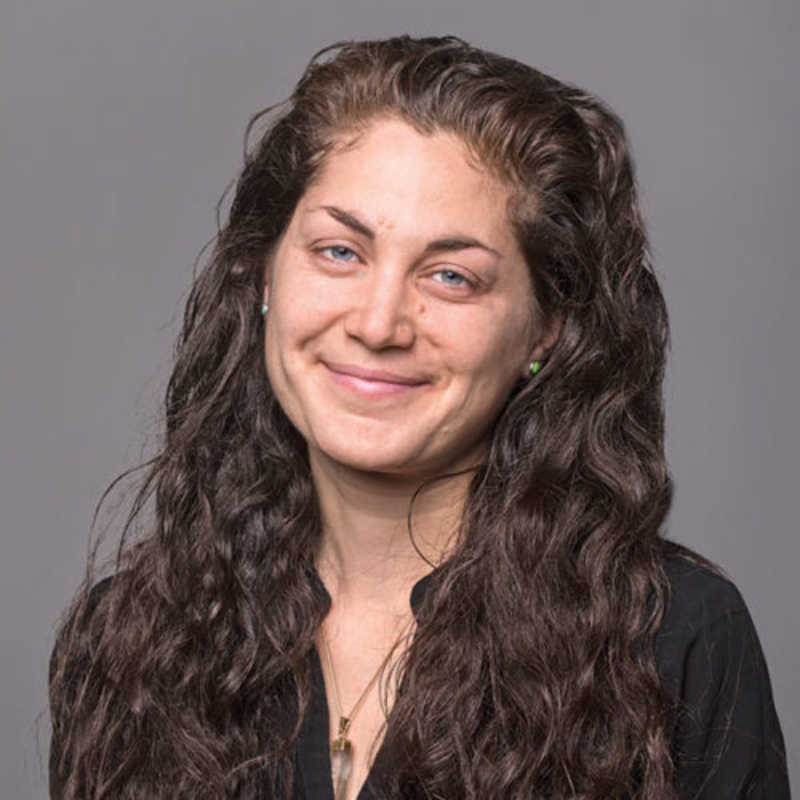
The Reginald F. Lewis Museum is known for its extensive collection of African-American historical and cultural artifacts. But a new gallery space, Reflections, on the building’s second floor, showcases work by contemporary artists who are sure to ignite conversation and influence the future of Baltimore’s diverse culture.
The most recent exhibit in the space, Reflections of Baltimore: We, Too, Are MICA, opens tonight with a reception at 5:30 p.m. and runs through May 4. It features work by six MICA undergrads (sophomores through seniors), from paper cuttings to paintings to fiber arts. The selected artists are all people of color.
“MICA artists are mostly seen as coming from a white-privelegely point of view,” says Joseph M. Giordano, who co-curated the show. “People of color kind of fade into the background.”
The stigma is not all that surprising, given the school’s somewhat dicey past. In the exhibit’s opening text, Clyde Johnson, associate dean of the Center for Identity and Inclusion at MICA, writes about Harry T. Pratt, who enrolled as MICA’s first black student in 1891 and was met with protests, with a reportedly 100 students dropping out because of his being a student there. After Pratt graduated, black students were prohibited from enrolling from 1895 to 1954.
Tony Shore, chair of the painting department at MICA; Giordano, photography teacher at Baltimore School for the Arts; and Johnson curated the show with a specific aim to highlight a diverse group of artists.
Destiny Belgrave, a Caribbean American, explores race, spirituality, and femininity through intricate black-and-white paper cuttings. Her piece “Done Wid” depicts a reimagined “Birth of Venus”—one wherein a black woman is the central figure.
Tyler Ballon’s “Deposition” painting shows a fallen black man on the street, surrounded by friends, echoing the Deposition of Christ. His piece “Crowning of Thorns” parallels a black man’s getting a gang color with Jesus’ crown of thorns.
Moses Jeune is a queer black man of Haitian descent who uses LGBTQ and Catholic iconography in his paintings to explore race, gender, and religion.
Work by Mark Fleuridor, Drew Gray, and Monica Ikegwu is also exhibited in the show.
